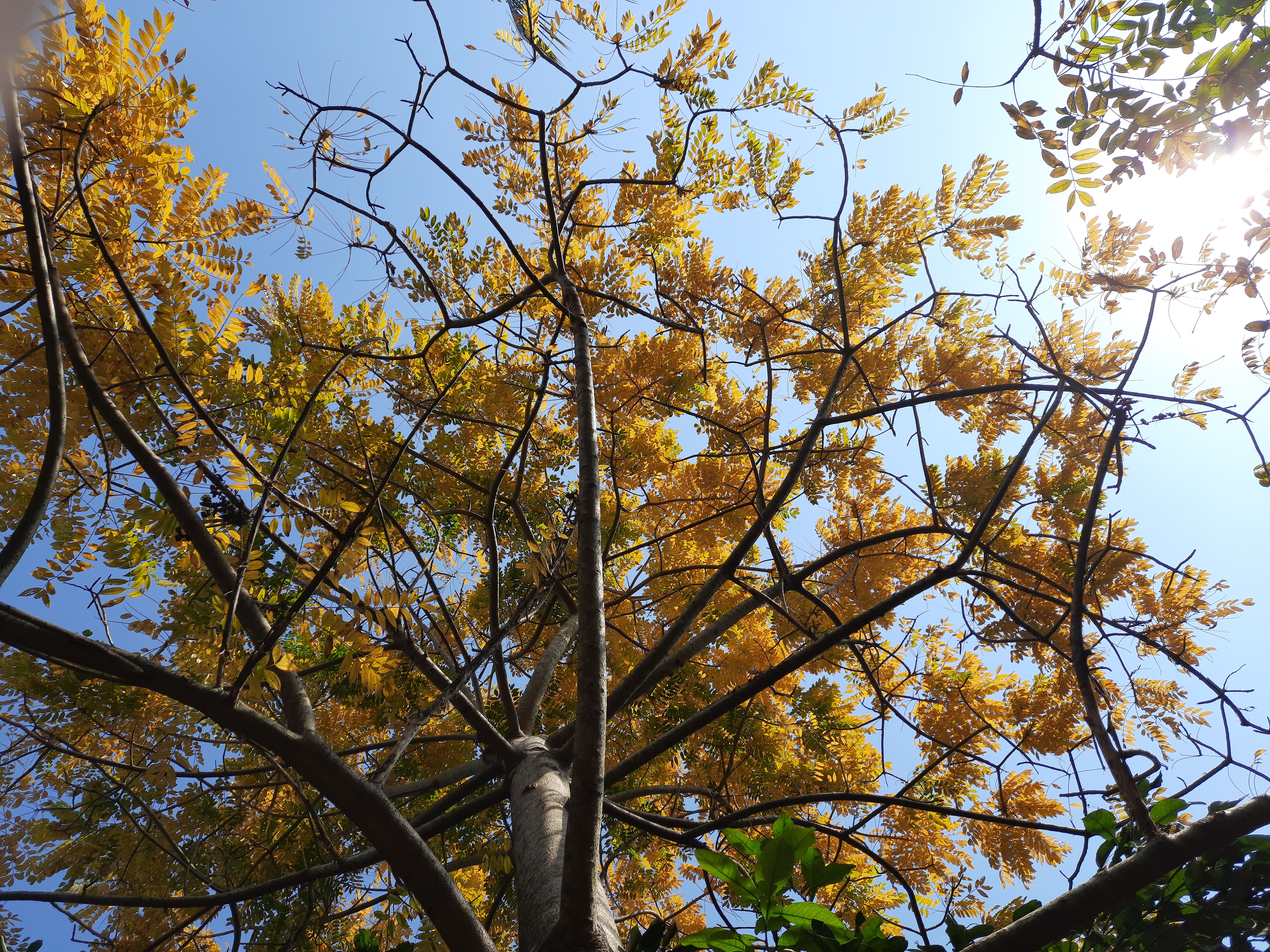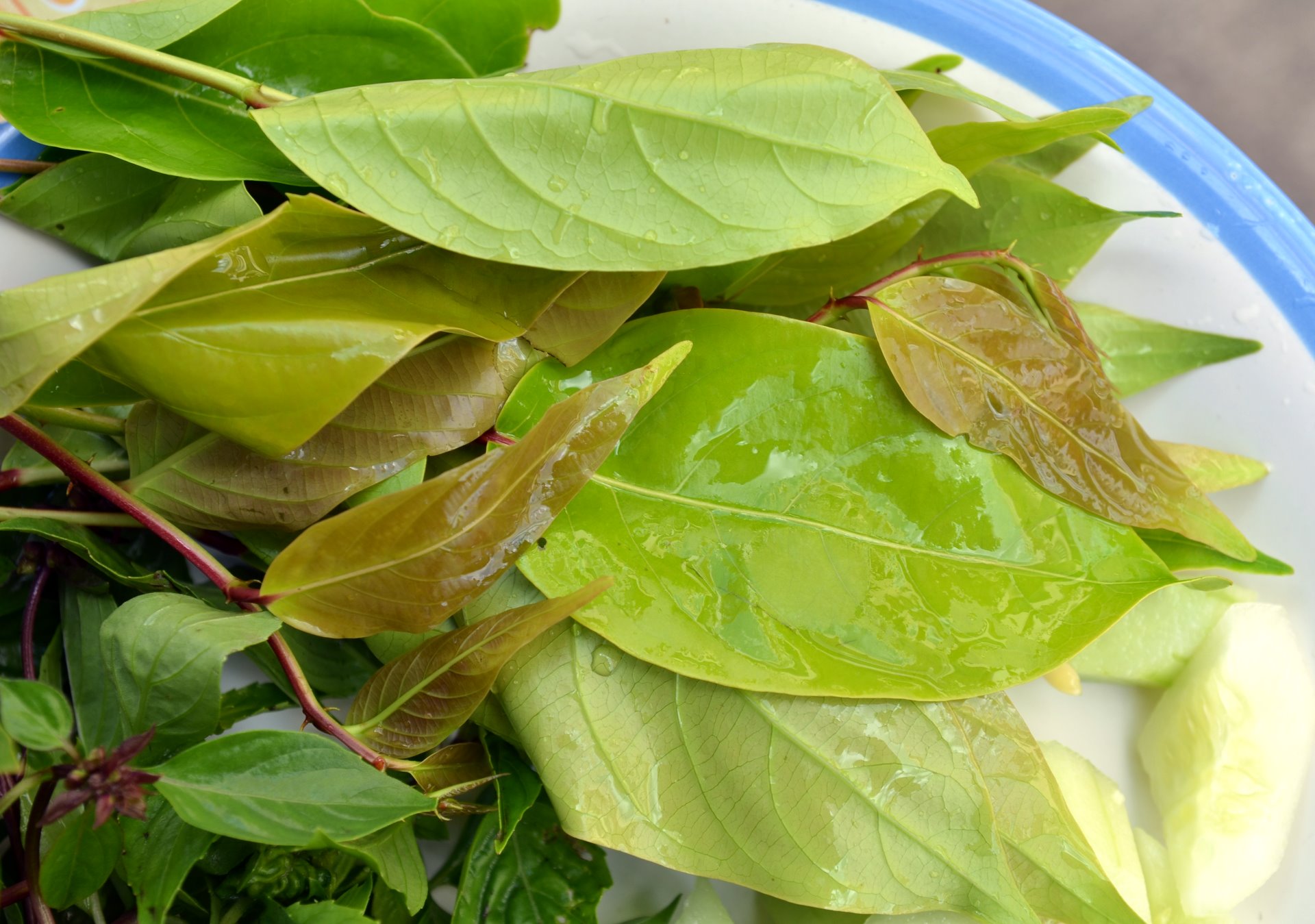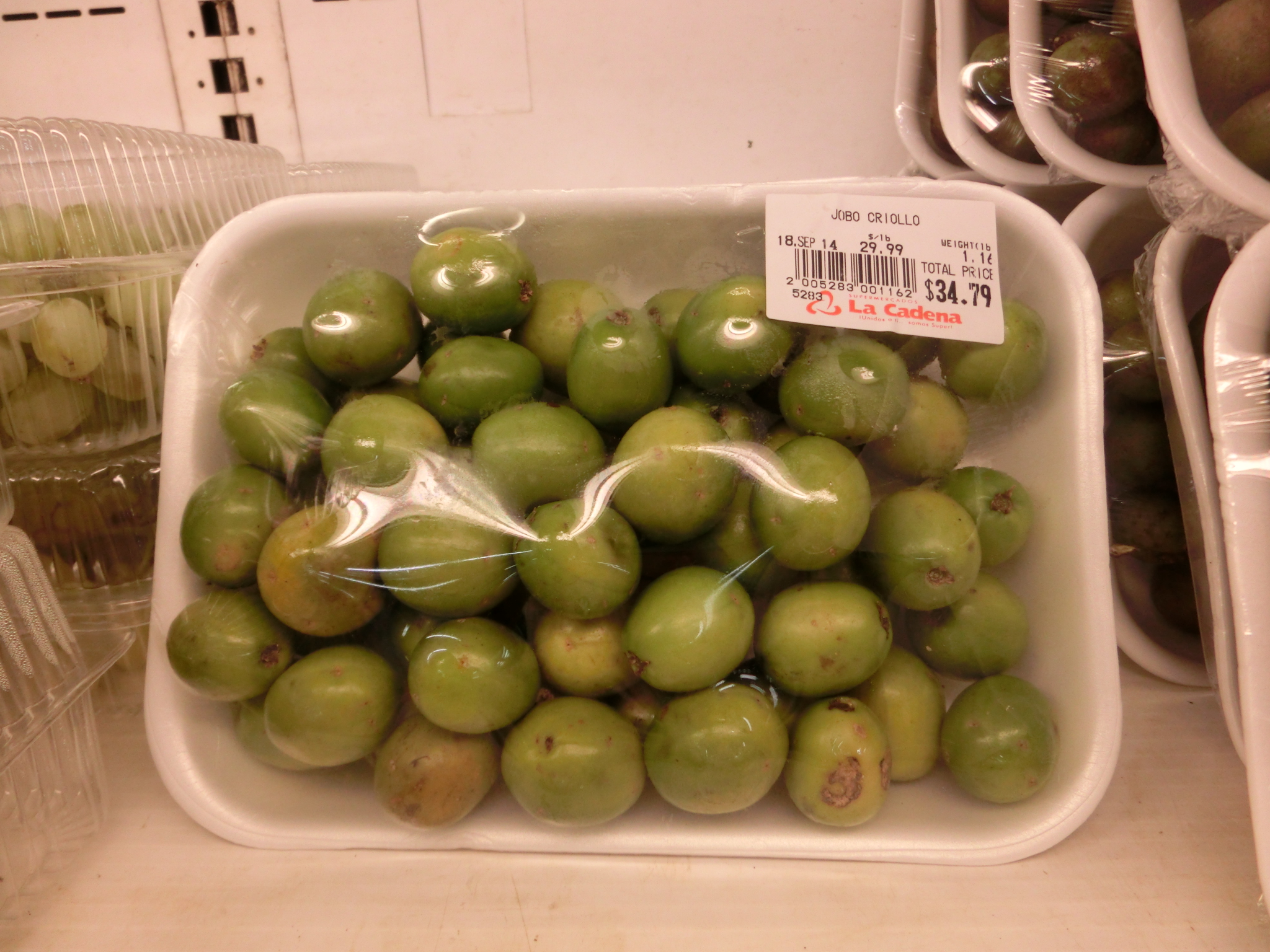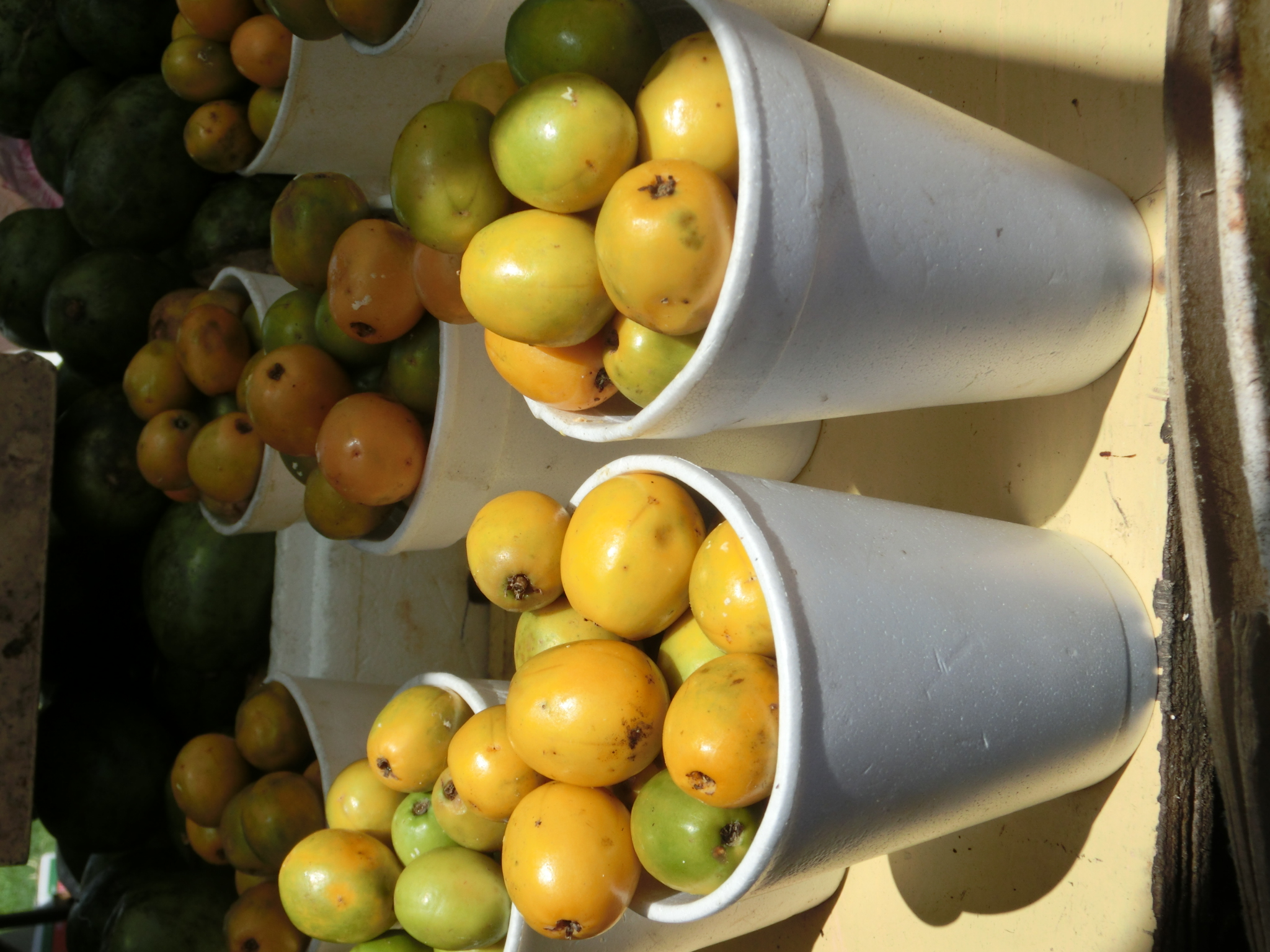Spondias mombin on:
[Wikipedia]
[Google]
[Amazon]
''Spondias mombin'', also known as yellow mombin or hog plum is a

 ''Spondias mombin'' is a small
''Spondias mombin'' is a small



 The fruit pulp is either eaten fresh or made into juice, concentrate, jellies, and sherbets.
In
The fruit pulp is either eaten fresh or made into juice, concentrate, jellies, and sherbets.
In
species
In biology, a species is the basic unit of classification and a taxonomic rank of an organism, as well as a unit of biodiversity. A species is often defined as the largest group of organisms in which any two individuals of the appropriate s ...
of tree and flowering plant
Flowering plants are plants that bear flowers and fruits, and form the clade Angiospermae (), commonly called angiosperms. The term "angiosperm" is derived from the Greek words ('container, vessel') and ('seed'), and refers to those plants th ...
in the family Anacardiaceae
The Anacardiaceae, commonly known as the cashew family or sumac family, are a family of flowering plants, including about 83 genera with about 860 known species. Members of the Anacardiaceae bear fruits that are drupes and in some cases produce ...
. It is native to the tropical Americas
The Americas, which are sometimes collectively called America, are a landmass comprising the totality of North and South America. The Americas make up most of the land in Earth's Western Hemisphere and comprise the New World.
Along with th ...
, including the West Indies
The West Indies is a subregion of North America, surrounded by the North Atlantic Ocean and the Caribbean Sea that includes 13 independent island countries and 18 dependencies and other territories in three major archipelagos: the Greate ...
. The tree was introduced by the Portuguese in South Asia in the beginning of the 17th century. It has been naturalized in parts of Africa
Africa is the world's second-largest and second-most populous continent, after Asia in both cases. At about 30.3 million km2 (11.7 million square miles) including adjacent islands, it covers 6% of Earth's total surface area ...
, India
India, officially the Republic of India (Hindi: ), is a country in South Asia. It is the seventh-largest country by area, the second-most populous country, and the most populous democracy in the world. Bounded by the Indian Ocean on the so ...
, Nepal
Nepal (; ne, :ne:नेपाल, नेपाल ), formerly the Federal Democratic Republic of Nepal ( ne,
सङ्घीय लोकतान्त्रिक गणतन्त्र नेपाल ), is a landlocked country in S ...
, Bangladesh
Bangladesh (}, ), officially the People's Republic of Bangladesh, is a country in South Asia. It is the eighth-most populous country in the world, with a population exceeding 165 million people in an area of . Bangladesh is among the mos ...
, Sri Lanka, The Bahamas
The Bahamas (), officially the Commonwealth of The Bahamas, is an island country within the Lucayan Archipelago of the West Indies in the North Atlantic. It takes up 97% of the Lucayan Archipelago's land area and is home to 88% of the ar ...
, Indonesia
Indonesia, officially the Republic of Indonesia, is a country in Southeast Asia and Oceania between the Indian and Pacific oceans. It consists of over 17,000 islands, including Sumatra, Java, Sulawesi, and parts of Borneo and New Guine ...
, and other Caribbean islands. It is rarely cultivated except in parts of the Brazilian Northeast.
The mature fruit has a leathery skin and a thin layer of pulp. The seed has an oil content of 31.5%.
Description

 ''Spondias mombin'' is a small
''Spondias mombin'' is a small deciduous
In the fields of horticulture and Botany, the term ''deciduous'' () means "falling off at maturity" and "tending to fall off", in reference to trees and shrubs that seasonally shed leaves, usually in the autumn; to the shedding of petals, ...
tree up to high and in girth, and is moderately buttressed. Its bark is thick, corky, and deeply fissured. When slashed, it is pale pink, darkening rapidly. Branches are low and branchlets are glabrous. The leaves are pinnate, with 5-8 leaflets opposite pairs with a terminal leaflet, , oblong or oblong lanceolate, broadly acuminate, glabrous. The flowers bloom January to May and are sweet-scented, in large, lax terminal panicles of small white flowers. Fruits appear July to September and are nearly long, ovoid yellow, acid, wrinkled when dry. The fruits have a sharp, somewhat acid taste and are edible. Their flesh surrounds a single spiny kernel.
Use as food


Thailand
Thailand ( ), historically known as Siam () and officially the Kingdom of Thailand, is a country in Southeast Asia, located at the centre of the Indochinese Peninsula, spanning , with a population of almost 70 million. The country is b ...
this fruit is called ''makok'' ( th, มะกอก) and is used in ''som tam
Green papaya salad ( km, បុកល្ហុង, lo, ຕຳຫມາກຫຸ່ງ and th, ส้มตำ) is a spicy salad made from shredded unripe papaya. It was possibly created by the Lao people but is eaten throughout Continental ...
'' as a secondary ingredient. The young leaves, which taste slightly bitter and sour, are sometimes served raw together with certain types of ''nam phrik
''Nam phrik'' ( th, น้ำพริก, ) is a type of Thai spicy chili sauce typical of Thai cuisine. Usual ingredients for ''nam phrik'' type sauces are fresh or dry chilies, garlic, shallots, lime juice and often some kind of fish ...
'' (Thai chili pastes). It is also served with chili powder in Bangladesh
Bangladesh (}, ), officially the People's Republic of Bangladesh, is a country in South Asia. It is the eighth-most populous country in the world, with a population exceeding 165 million people in an area of . Bangladesh is among the mos ...
where the fruit is known as আমড়া (amṛa). In India, it is known as ''Amado'' in Konkani and ''omora'' in Assamese. In Nepal
Nepal (; ne, :ne:नेपाल, नेपाल ), formerly the Federal Democratic Republic of Nepal ( ne,
सङ्घीय लोकतान्त्रिक गणतन्त्र नेपाल ), is a landlocked country in S ...
this fruit is called ''lapsi''.
As a member of the sumac family (Anacardiaceae), exposure to the sap of this species may result in an identical allergic reaction to that of the poison ivy plant. Those with a known sensitivity to urushiol
Urushiol is an oily mixture of organic compounds with allergenic properties found in plants of the family Anacardiaceae, especially '' Toxicodendron'' ''spp.'' (e.g., poison oak, Chinese lacquer tree, poison ivy, poison sumac), ''Comoclad ...
should exercise caution in consuming or handling this species.
Traditional medicine
In traditional medicine, ''Spondias mombin'' has had a variety of uses. The fruit has been used as adiuretic
A diuretic () is any substance that promotes diuresis, the increased production of urine. This includes forced diuresis. A diuretic tablet is sometimes colloquially called a water tablet. There are several categories of diuretics. All diuretics i ...
and febrifuge. The bark is astringent
An astringent (sometimes called adstringent) is a chemical that shrinks or constricts body tissues. The word derives from the Latin ''adstringere'', which means "to bind fast". Calamine lotion, witch hazel, and yerba mansa, a Californian pla ...
and used as an emetic
Vomiting (also known as emesis and throwing up) is the involuntary, forceful expulsion of the contents of one's stomach through the mouth and sometimes the nose.
Vomiting can be the result of ailments like food poisoning, gastroenteritis ...
and for diarrhea, dysentery, hemorrhoids, gonorrhoea, and leukorrhea. The flowers and leaves are used to make a tea for stomach ache, biliousness, urethritis, cystitis, and inflammation.
Language
''Spondias mombin'' has several common names. Throughout the Spanish-speaking Caribbean, exceptCuba
Cuba ( , ), officially the Republic of Cuba ( es, República de Cuba, links=no ), is an island country comprising the island of Cuba, as well as Isla de la Juventud and several minor archipelagos. Cuba is located where the northern Caribbea ...
and the North of Mexico where it is called ''ciruela'', in Nicaragua
Nicaragua (; ), officially the Republic of Nicaragua (), is the largest country in Central America, bordered by Honduras to the north, the Caribbean to the east, Costa Rica to the south, and the Pacific Ocean to the west. Managua is the countr ...
, Honduras, and in Mexico
Mexico (Spanish: México), officially the United Mexican States, is a country in the southern portion of North America. It is bordered to the north by the United States; to the south and west by the Pacific Ocean; to the southeast by Guatema ...
it is called ''jobo'' (derived from the Carib language). In Costa Rica it is called ''yuplón'' after the English name ''gully plum''. In El Salvador, it is called ''Jocote de Corona''. Among the English-speaking Caribbean islands it is known as ''yellow mombin'' or ''hog plum.'' In Jamaica
Jamaica (; ) is an island country situated in the Caribbean Sea. Spanning in area, it is the third-largest island of the Greater Antilles and the Caribbean (after Cuba and Hispaniola). Jamaica lies about south of Cuba, and west of His ...
it is also called ''Spanish plum'', ''gully plum'' or ''coolie plum''. In Surinam the fruit is called ''Mope''. In Brazil
Brazil ( pt, Brasil; ), officially the Federative Republic of Brazil (Portuguese: ), is the largest country in both South America and Latin America. At and with over 217 million people, Brazil is the world's fifth-largest country by area ...
, the fruit is known by several different names, such as ''cajá'', ''taperebá'' and ''ambaló''. In Peru
, image_flag = Flag of Peru.svg
, image_coat = Escudo nacional del Perú.svg
, other_symbol = Great Seal of the State
, other_symbol_type = National seal
, national_motto = "Firm and Happy f ...
, it is known as ''uvos'' or ''mango ciruelo''. In Ghana
Ghana (; tw, Gaana, ee, Gana), officially the Republic of Ghana, is a country in West Africa. It abuts the Gulf of Guinea and the Atlantic Ocean to the south, sharing borders with Ivory Coast in the west, Burkina Faso in the north, and To ...
, it is hog plum or ''Ashanti plum''. It is called "Akukor" in the Ewe language of Ghana. In Bengali
Bengali or Bengalee, or Bengalese may refer to:
*something of, from, or related to Bengal, a large region in South Asia
* Bengalis, an ethnic and linguistic group of the region
* Bengali language, the language they speak
** Bengali alphabet, the w ...
, it is called ''আমড়া'' (Amṛa). In the southern Indian state of Kerala
Kerala ( ; ) is a state on the Malabar Coast of India. It was formed on 1 November 1956, following the passage of the States Reorganisation Act, by combining Malayalam-speaking regions of the erstwhile regions of Cochin, Malabar, South ...
it is called Ambazhanga ''അമ്പഴങ്ങ''. In Kannada it is called AmateKaayi( ಅಮಟೆ ಕಾಯಿ ). In Goa
Goa () is a state on the southwestern coast of India within the Konkan region, geographically separated from the Deccan highlands by the Western Ghats. It is located between the Indian states of Maharashtra to the north and Karnataka to the ...
it is known as 'Ambadde'. In Nigeria
Nigeria ( ), , ig, Naìjíríyà, yo, Nàìjíríà, pcm, Naijá , ff, Naajeeriya, kcg, Naijeriya officially the Federal Republic of Nigeria, is a country in West Africa. It is situated between the Sahel to the north and the Gulf o ...
, the fruit is called ''Ughighen'' in the Urhobo language, ''Iyeye'' or ''Yeye'' in the Yoruba language
Yoruba (, ; Yor. '; Ajami: ) is a language spoken in West Africa, primarily in Southwestern and Central Nigeria. It is spoken by the ethnic Yoruba people. The number of Yoruba speakers is roughly 50 million, plus about 2 million second-languag ...
,See Ayoka ''et al.'' (2008, p.130), Oladele (2008, p.5). Note that Aiyeloja & Ajewole (2006, p.57) give ''agbalumo'' as the local name in Osun State
Osun State (; yo, Ìpínlẹ̀ Ọ̀ṣun), occasionally known as the State of Osun by the state government, is a state in southwestern Nigeria; bounded to the east by Ekiti and Ondo states, to the north by Kwara State, to the south by Og ...
, however other sources identify agbalumo elsewhere in Nigeria with the African star apple, ''Chrysophyllum alibidum'' and related species; see for example Aiyeloja & Bello (2006, p.18) and Oyelade ''et al.'' (2005). ''ngulungwu'' in Igbo
Igbo may refer to:
* Igbo people, an ethnic group of Nigeria
* Igbo language, their language
* anything related to Igboland, a cultural region in Nigeria
See also
* Ibo (disambiguation)
* Igbo mythology
* Igbo music
* Igbo art
*
* Igbo-Ukwu, a ...
and ''isada'' in Hausa
Hausa may refer to:
* Hausa people, an ethnic group of West Africa
* Hausa language, spoken in West Africa
* Hausa Kingdoms, a historical collection of Hausa city-states
* Hausa (horse) or Dongola horse, an African breed of riding horse
See also
...
. Other common names include ''hug plum'', ''true yellow mombin'', ''golden apple'' or ''Java plum'', ''Ambaralla (ඇඹරැල්ල)'' in Sri Lanka. In Somalia
Somalia, , Osmanya script: 𐒈𐒝𐒑𐒛𐒐𐒘𐒕𐒖; ar, الصومال, aṣ-Ṣūmāl officially the Federal Republic of SomaliaThe ''Federal Republic of Somalia'' is the country's name per Article 1 of thProvisional Constituti ...
, it is called ''Isbaandes''. In Panama it is called jobo. In "habla congo" of palo mayombe in Cuba, it is called ''nkunia guenguere kunansieto', ciruela. In Palauan, it is called titimel. In Telugu, it is called karakkaya (కరక్కాయ)
See also
*List of plants of Cerrado vegetation of Brazil
This is a list of plants found in the wild in cerrado vegetation of Brazil.
Acanthaceae
* '' Anisacanthus'' ''trilobus'' Lindau
* '' Dicliptera'' '' mucronifolia'' Nees
* '' Dicliptera sericea'' Nees
* '' Geissomeria'' '' ciliata'' Rizzini
* ' ...
* Amazonian cuisine Amazonian cuisine includes the foods and preparation methods of various peoples in the Amazon jungle of South America, including the dishes they have popularized among neighbors.
Brazil
Maniçoba is an Amazonian dish from Brazil made with pieces o ...
*''Spondias purpurea
''Spondias purpura'' is a species of flowering plant in the cashew family, Anacardiaceae, that is native to tropical regions of the Americas, from Mexico to Brazil. It is also very common in most of the Caribbean islands. It is commonly known as ...
'' (Purple mombin)
*'' Spondias tuberosa'' (Umbú)
*''Spondias pinnata
''Spondias pinnata'', sometimes also known as hog plum, is a species of tree with edible sour fruits. It is native to the Philippines and Indonesia, but has been widely naturalized in South Asia, Mainland Southeast Asia, Southern China, and the ...
'' (India)
Notes
References
* * * *External links
{{Taxonbar, from=Q794969 mombin Tropical fruit Trees of Central America Trees of the Caribbean Trees of North America Trees of South America Trees of Belize Trees of Costa Rica Trees of El Salvador Trees of Guatemala Trees of Nicaragua Trees of Panama Trees of Guyana Trees of Suriname Trees of Venezuela Trees of Brazil Trees of Bolivia Trees of Colombia Trees of Ecuador Trees of Peru Trees of Paraguay Trees of Mexico Flora of the Amazon Flora of the Cerrado Plants described in 1753 Taxa named by Carl Linnaeus Plants used in traditional African medicine Medicinal plants of North America Medicinal plants of South America Fruit trees